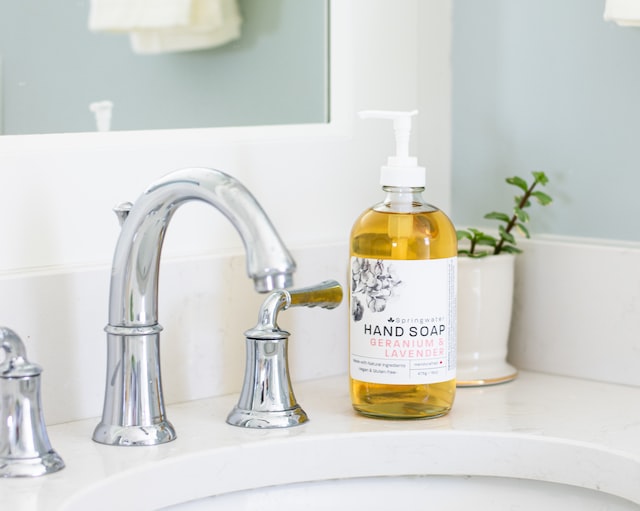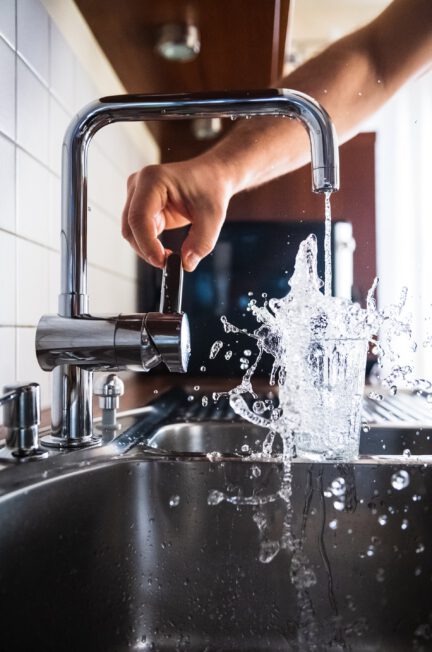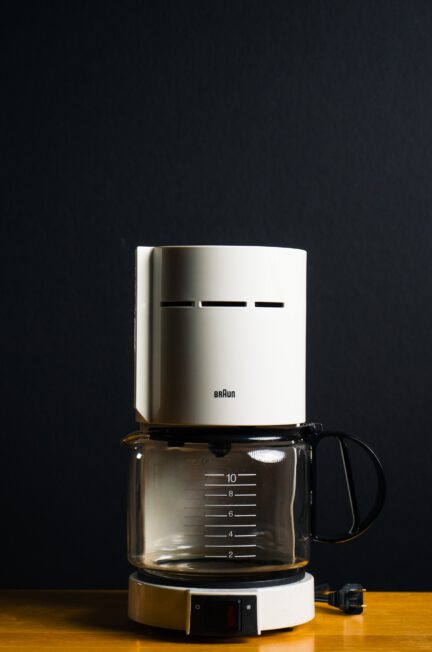There are many reasons that your kitchen sink may be leaking. Some of them include a buildup of water stains, the p-trap being clogged, a leaking valve, or a broken valve. If you are facing any of these problems, there are a few things you can do to fix the problem.
Install a new p-trap
If you’re noticing that your kitchen sink is leaking, it’s important that you repair the problem right away. Not only can water damage your flooring and cabinets, it can also cause negative health effects. Luckily, there are several steps you can take to fix leaks.
First, you need to determine where the leak is. If the leak is in the drain pipe under the sink, it can be fixed by tightening the slip nuts. It’s a good idea to wrap the slip nuts with a washcloth to prevent scratches.
After tightening the coupling nuts, you should check for dripping. You should do this at least once a day, and even more frequently if the leak isn’t immediately noticeable. However, if the leak isn’t immediately visible, it’s best to consult a professional.

Another way to detect leaks is by putting your fingers around the connection. This will tell you what is causing the leak.
If the source of the leak is a loose fitting, you can try unscrewing it. Be careful not to damage the threads, though. To do this, you’ll need an adjustable pipe wrench.
Unclog the drain
If your kitchen sink is slow to drain, it may be time to unclog it. There are a few methods you can try, such as a plunger and using a homemade clog clearing solution.
For a more permanent solution, you can call a plumber. The plumber can clear a clogged sink with their special snake. They can also use a chemical drain cleaner. These chemicals are injected into your water supply and will break up a clog. Alternatively, you can use baking soda, vinegar and boiling water to clean out your drain.
The best DIY drain cleaner is a mixture of vinegar, baking soda and boiling water. It should be mixed and left to sit for about three hours before running your water. This will create a fizzy reaction that will dissolve clogs.
Using an auger is another option. To do this, you’ll need to insert the tool slowly into the drain opening. When you’re done, you’ll need to pull it out and then feed it back into the drain.
Replace the washers or gaskets
If your kitchen sink is leaking, it’s time to replace the washers or gaskets. Most leaks are due to a failed washer or gasket. It’s an easy fix and doesn’t require a plumber to come out.
You should be able to tell if your faucet has a leak by looking underneath it. If you notice water pooling in the sink’s base or near the spout, you may have a corroded valve seat. Alternatively, you could have a leak in the P-Trap. This is a curved section of pipe that keeps foul smells from reaching the drain.
Another common cause of a leak is a faulty connection gasket. Make sure the coupling nuts are tight and replace the gasket if necessary.

A worn washer on your faucet can also be the culprit. This causes friction, resulting in a dripping problem. To replace a worn washer, turn off the water and unscrew the stem of the faucet. Next, remove the decorative cap on the handle.
Clean up water stains
If you’ve had to clean up water stains from a leaking kitchen sink, you’re not alone. They’re not a good look, especially if they’ve been left for a long time. However, there are some simple ways to get rid of them.
Whether you’re dealing with iron stains, limescale, or tannins, there’s a solution. For example, white vinegar is a good way to get rid of these stains quickly.
WD-40 can also help. It’s a petroleum-based product that can break up mineral deposits. You can spray this on the stain, and then follow up with a soft cloth to wipe it off.
Baking soda is another great option. You can mix it with water to form a paste. This works best on smaller metal fixtures, like faucets. Apply it and leave it on for about thirty minutes. Then, rinse off the area with clear water.
Another option is to use a mild gel abrasive cleaner. Several applications may be necessary, depending on how much soap scum has built up.
Photo by Jacek Dylag on Unsplash



